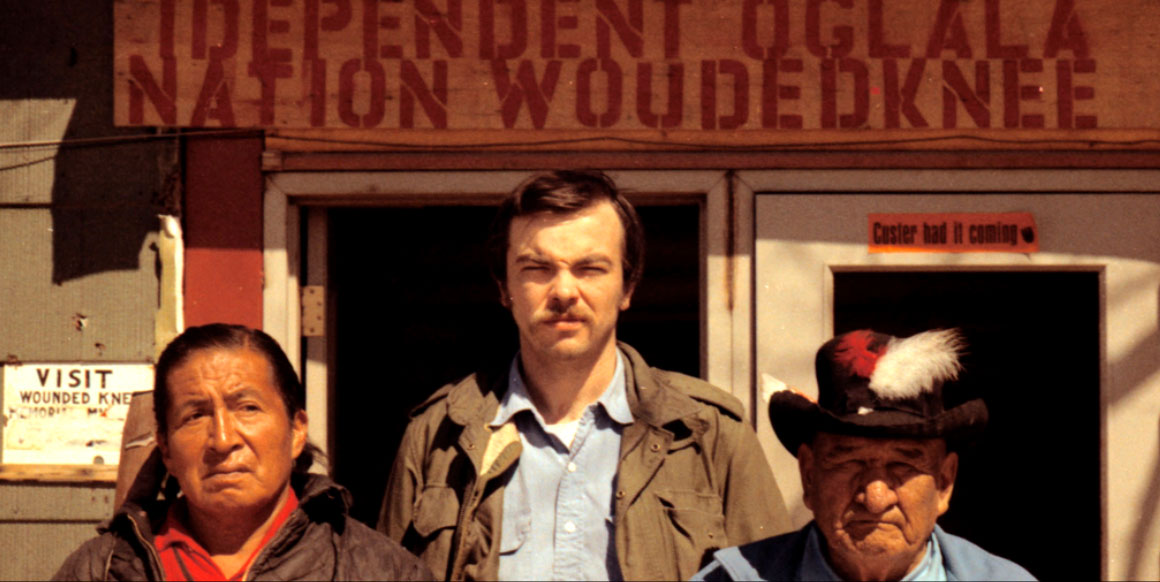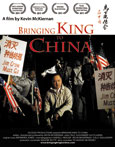
Supported by California Humanities and filmed by the legendary Haskell Wexler

In 1973 a rookie reporter is sent to cover armed members of the American Indian Movement (AIM) who have taken over the historic village of Wounded Knee, South Dakota. En route to Wounded Knee, he is threatened by a paramilitary group whose members oppose the takeover and consider the press the "enemy of the people." To get the inside story, the reporter circumvents government roadblocks surrounding the besieged village and embeds with the militants. When the Indians finally surrender after 10 weeks, two activists are dead and more than a dozen have been wounded in firefights with federal agents. The FBI arrests those who remain, including the reporter.
Forty years later, the reporter meets a Yurok Indian fisherman in California, a man he unwittingly had photographed during the 10-week occupation. The two become friends, traveling back to the Dakotas and later to the pipeline protests on the Standing Rock Reservation, where they examine the legacy of 1970's activism in Indian Country.
Meanwhile, the reporter launches a new investigation into the murder of his former roommate, a Mi'kmaq Native from Nova Scotia, Canada who took part in the Wounded Knee uprising. He butts heads with the FBI again, this time over the Bureau's alleged practice of 'snitch-jacketing' the Canadian woman as an informer. The story takes another unsettling turn when the reporter confronts the founders of the Indian movement with alleged ties to her killing, a decision that threatens to undermine his status as a trusted outsider.



